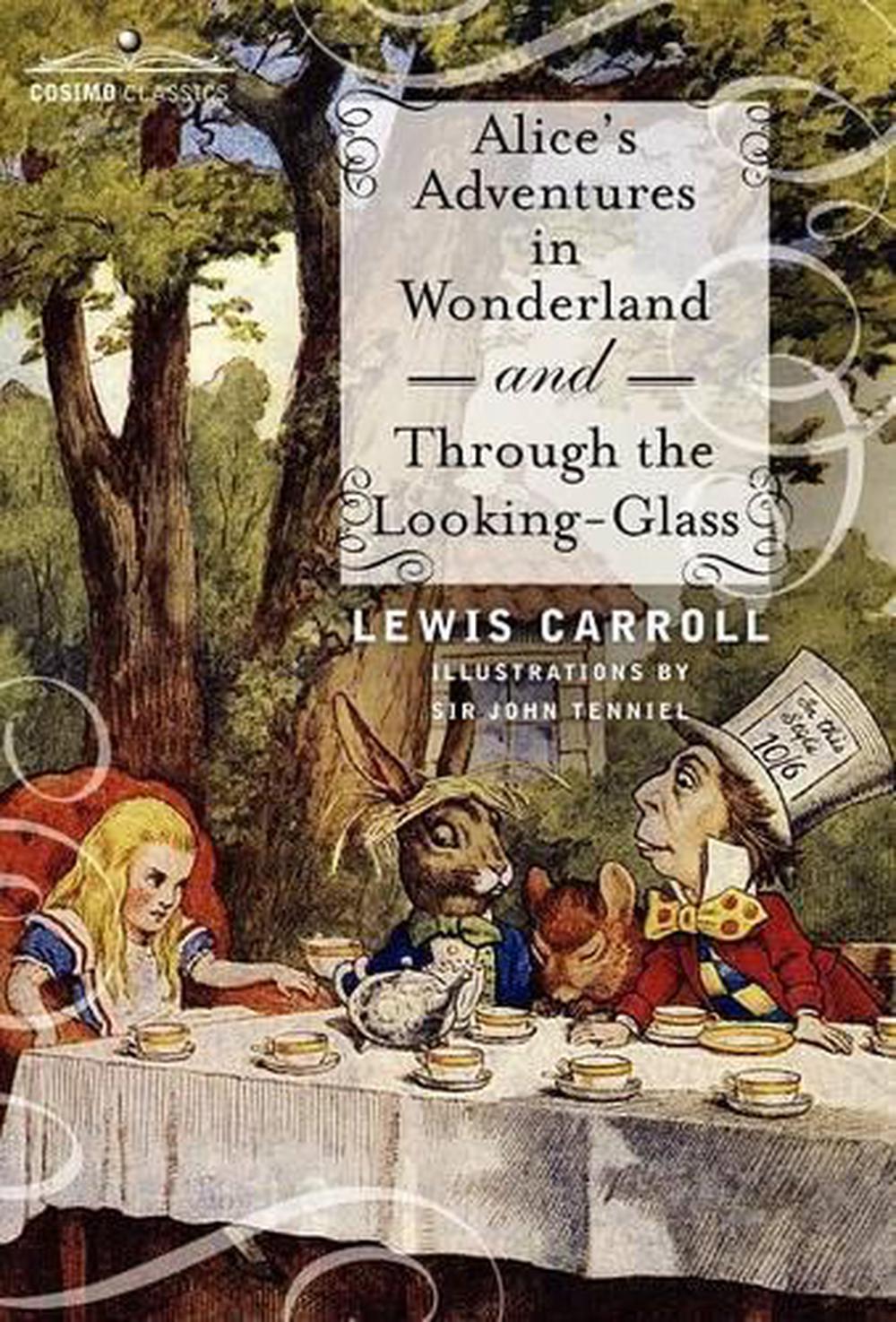

He would get the famous watercolorist, perhaps best known for conceiving the cover of the Beatles’ Sgt. Back in the ’70s, on the 100th Anniversary of Looking Glass‘ first edition, a publisher came up with a novel idea. Apparently, the fans of British pop artist Peter Blake seem to think so. So why do we need yet another edition of the famous fantasy? Is there really a call for a new illustrated edition of Alice’s trip into a surreal nonsense realm. The images themselves with their queer Victorian caricature nature often reveal some truly intriguing secrets. It’s an approach that definitely brings out the many hidden meanings in Carroll’s complicated wordplay, as well as showing the significance in the amazing original illustrations by John Tenniel.

In it, each and every allusion, metaphor, simile and references is explained and illustrated with historical and scholarly support. There have also been multiple releases and re-releases of the titles, including an annotated version from 1999 that many consider definitive. Indeed, Alice’s fanciful world of social symbolism, political satire and one man’s private dreams have been deciphered, deconstructed and deliberated over since they were first published ( Wonderland in 1865, Looking Glass later, in 1872). Indeed, Alice Through the Looking Glass (And What Alice Found There) is where Tweedledee and Tweedledum, the oft referenced story of the Walrus and the Carpenter, and that amazing bit of epic nonsense poetry, Jabberwocky, first became famous.

Oddly enough, it never really references its heroine’s first adventures in Wonderland, but because of various film adaptations that have merged the two tomes together, many confuse it with the initial book. While many mistake it for the original book by Charles Lutwidge Doggson (otherwise known as Lewis Carroll), it is actually a sequel of sorts.

It remains one of literature’s best – and most commonly referenced – allegories, a story involving a little girl lost, mirror as metaphysical doorways, and a skewed view of the world as a reflection in a pane of glass/ the mind’s eye of a child.


 0 kommentar(er)
0 kommentar(er)
